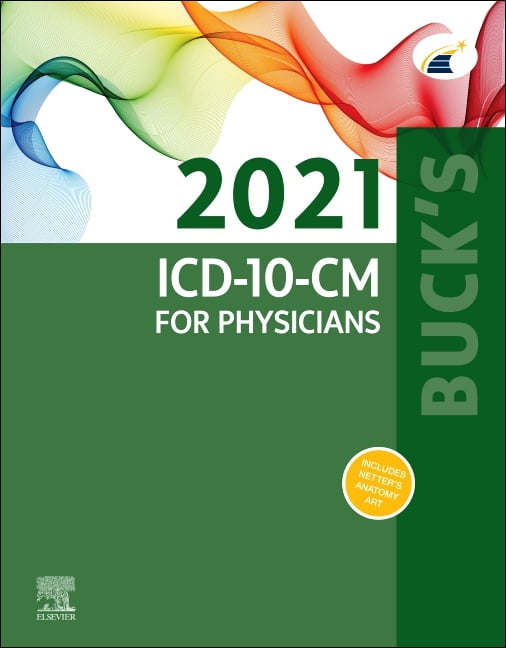

It does not store any personal data.The dichotomy of today’s healthcare environment can be both exciting and frustrating. The cookie is set by the GDPR Cookie Consent plugin and is used to store whether or not user has consented to the use of cookies. The cookie is used to store the user consent for the cookies in the category "Performance". This cookie is set by GDPR Cookie Consent plugin.

The cookie is used to store the user consent for the cookies in the category "Other. The cookies is used to store the user consent for the cookies in the category "Necessary". The cookie is set by GDPR cookie consent to record the user consent for the cookies in the category "Functional". The cookie is used to store the user consent for the cookies in the category "Analytics". These cookies ensure basic functionalities and security features of the website, anonymously. Necessary cookies are absolutely essential for the website to function properly. Today, soft contact lenses are the most popular type of lens – constituting more than 90% of contact lens prescriptions in the US. It’s clear that contact lenses have gone through some remarkable developments throughout the centuries. Then in 2002, silicone-hydrogel contact lenses started selling in the U.S. In 1987, disposable soft contact lenses hit the marketĭaily lenses (soft contact lenses that you wear once then throw away) made their debut in 1996.In 1986, gas permeable overnight lenses were created.In 1981, the FDA approved extended wear lenses.In 1978, gas permeable lenses were created.

Things began to move more quickly after that: This invention led to Bausch + Lomb’s “SoftLens” contacts being approved by the FDA in 1971. In 1959, Otto Wichterle and Drahoslav Lim, Czech chemists, invented a hydrogel soft contact lens material. Made from PPMA (polymethyl methacrylate), these lenses could be worn for 16+ hours per day. The new design made them lighter than the 1887/1888 version.īig strides were made in 1948 when Kevin Tuohy, a California optician, made a pair of plastic lenses that only covered the cornea. In the 1930s, William Feinbloom, a New York optometrist, created the first contact lenses that contained plastic – they were made of both plastic and glass and covered the entire eye. Since they were made of glass and completely covered the eye, it was impossible to wear them for more than a few hours at a time. Regardless of who created the first pair, that design did not last. Fick (a Swiss physician) and Edouard Kalt (a Paris optician) in 1888. Other sources suggest that glass contacts were created by Adolf E. Some sources claim that a German glassblower named F.A. There is some debate over who created the very first pair of contact lenses. In 1508, Leonardo da Vinci created sketches that suggested that vision could be altered by placing the cornea directly in contact with water. Contact lenses may seem like a recent invention, but their history can actually be traced all the way back to the early 1500s.


 0 kommentar(er)
0 kommentar(er)
